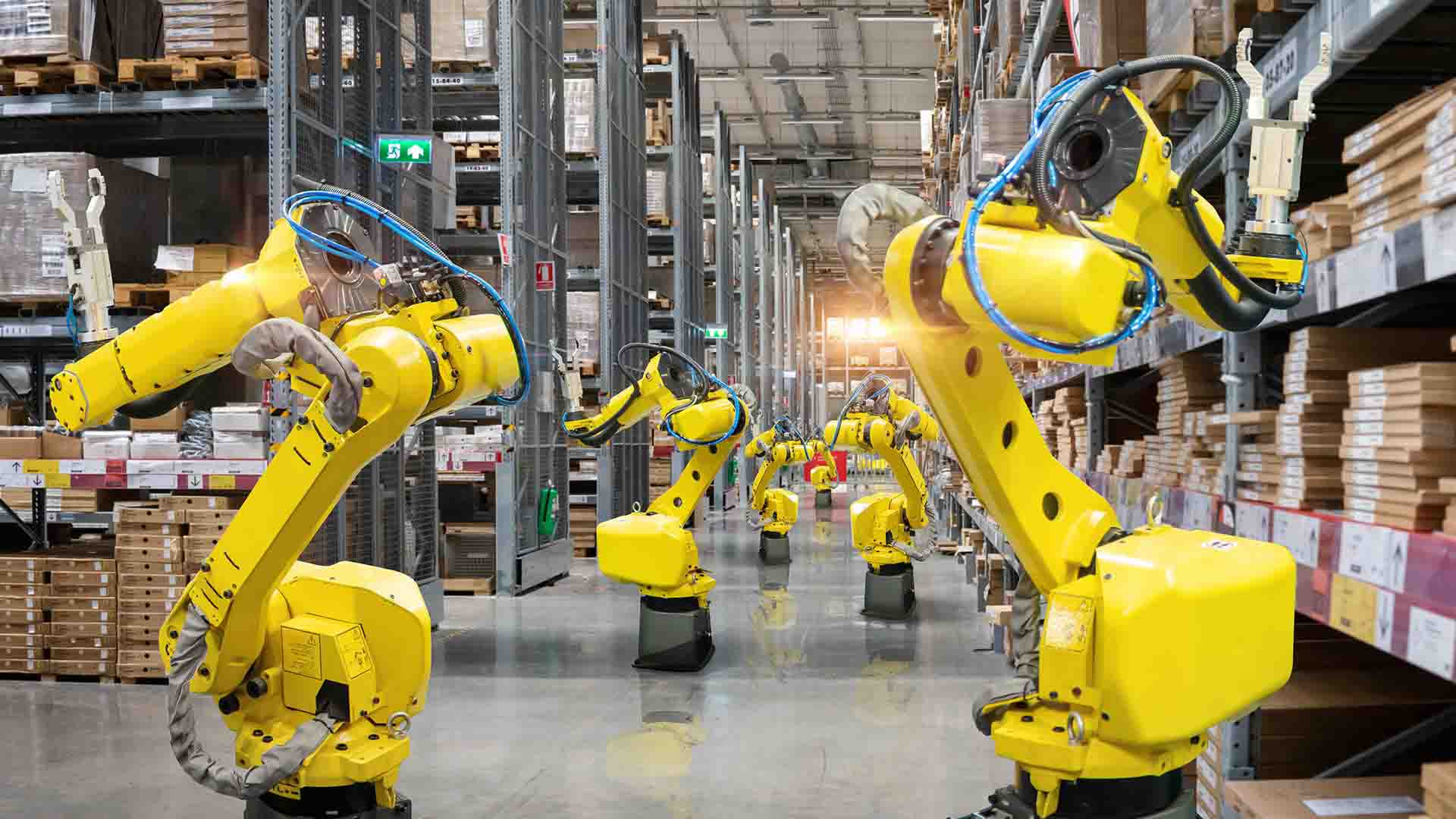(Commonwealth) _ In recent years, the market for robots has witnessed significant growth, and this trend is expected to continue in the coming years. The global factory robot market is projected to reach $ 25,731.6 million by 2033, expanding at a strong 7.6 percent CAGR from 2023 to 2033, according to recent market research. Factory robots are mechanical devices that receive input and autonomously complete duties related to production in various industries. These robot programs can be modified as often as necessary according to usage and industrial requirements. They aid in boosting production while cutting costs and providing high-quality goods for automation applications.
The market witnessed a 5.2 percent CAGR between 2018 and 2022. Under application, material handling dominates the market and will be valued at $ 2,374.9 million in 2023. Based on region, demand for factory robots is expected to increase at a CAGR of 9.7 percent in South Asia and Oceania during the forecast period.
The 60-225 kg factory robot in the payload segment dominates the market with 20.9 percent market share in 2023. This is because these robots can perform various tasks and are suitable for use in a range of industries. The demand for the installation of factory robots is being driven by the use of 3D printing in numerous industries, particularly the pharmaceutical industry. It is therefore projected that the market for manufacturing robots will expand rapidly over the forecast period as factory robots become more advanced in upcoming years.
One of the key drivers of the market’s revenue growth is the industrial internet of things (IoT) and artificial intelligence (AI), which are becoming increasingly prevalent, especially in the manufacturing industries. The rising demand for factory robots from manufacturers for the automation of activities, improvement of worker safety, high total production output with reduced wastage, and expensive operational expenses are other drivers propelling market expansion.
The increasing demand for electronic devices and the automation of high-precision, repeatable manufacturing processes are expected to be additional factors driving the growth of the factory robot market. This can lead to the expansion of the global factory robot market during the forecast period. Manufacturers can generate revenue opportunities by adopting and implementing inorganic marketing strategies, such as collaborating and forming joint ventures with technologically advanced companies or end-use industries.
The market for factory robots is expanding rapidly, and this trend is expected to continue over the forecast period. Several factors are driving the growth of the market, including increasing demand for automation in various industries, such as automotive, food and beverages, electronics, and pharmaceuticals. The implementation of robotics in the pharmaceutical industry has been significant, especially in the production of personalized medicine.
In the food and beverage industry, factory robots have been employed in packaging and palletizing, while in the electronics industry, they have been used in the assembly of electronic components. The automotive industry has been a key adopter of factory robots, with robots used in various stages of production, including painting, welding, and assembly.
The rise of 3D printing has also contributed to the growth of the factory robot market. 3D printing is being used to create custom parts and prototypes for a range of industries, from aerospace to automotive, and it has increased the demand for factory robots to automate the printing process. With the rise of automation, the use of factory robots is expected to become more widespread across industries.
Another trend that is likely to have a significant impact on the market for factory robots is the use of collaborative robots, also known as cobots. These robots are designed to work alongside human workers, and they can perform tasks that are too dangerous, tedious, or physically demanding for humans. Cobots can improve worker safety while increasing productivity and efficiency in the workplace.








